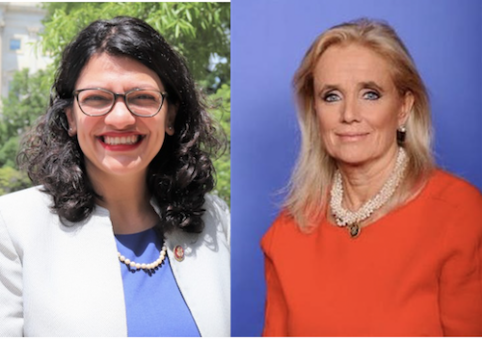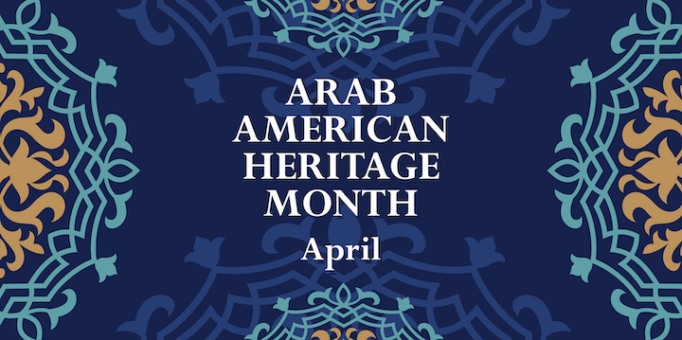Sharing the Breadth of Arab American Heritage
In April 2023 President Joe Biden proclaimed Arab American Heritage Month, saying in part:
The Arab American story is the American story — one of diverse backgrounds and faiths, vibrant tradition, bold innovation, hard work, commitment to community, and stalwart patriotism, all coming together to accomplish something greater than any one of us. This month, we join together to celebrate the immeasurable contributions of Arab Americans to our Nation and recommit ourselves to the timeless work of making sure that all people have the opportunity to achieve the American Dream.

In 2021 US Representatives Rashida Tlaib and Debbie Dingell introduced a resolution expressing support for the recognition of April as Arab American Heritage Month and celebrating the heritage and culture of Arab Americans in the United States. They reintroduced the resolution in 2023. It has not been voted on.
Twenty-first century recognition of the contributions of Arab Americans, by communities and then by several states and by the US President, goes back to 2017 and notes the heritage of Arab Americans as well as the discrimination many have faced. History.com offers a succinct post on the development of National Arab American Heritage Month and tells of the immigration of Arabs to the United States, including the effects of US legislation from 1924 to 1965.
To look at the efforts to extend Arab American awareness from communities to states and the US as a whole – starting as far back as the1980s – read Who Started the Movement for National Arab American Heritage Month? History and Legacy by Salma Heram at the website Arab America. (Updated for 2024 here.)
The US State Department’s ShareAmerica introduces several prominent Arab Americans – from actress Salma Hayek to former Congresswoman and HHS Secretary Donna Shalala – in its blog post, Arab Americans who have made a difference.
Bringing Arab American heritage to class
Arab America hosts a wide-ranging, easy-to-use curriculum which answers many questions about Arabs in history and in the United States, including an overview of the Arab world, immigration, religion, demographics, culture and customs, participation in American education and professions, and issues Arab Americans face in the U.S. One page explains the differences between the Muslim world and the Arab world, which is helpful since many pre-1924 Arab immigrants to America were Christians from the area around Lebanon.
NYC Public Schools has posted a history of the arrival of Arab immigrants in New York and the rest of the country. In addition, the site links to a wide range of resources covering several subject areas and offers a section arranged by grade level.
To help students understand the experiences of Arab Americans, AFT’s Share My Lesson offers Re-Imaging Migration’s program leader Abeer Shinnawi’s post, Expanding Horizons: Resources for Teaching Arab American Heritage Month. In addition to outlining her experiences as a first generation Arab immigrant, she links to resources for the classroom.
Learning for Justice, a program of the Southern Poverty Law Center, provides a post “to help educators celebrate Arab identity, counter negative stereotypes, teach about Arab history and cultures, and ensure an inclusive environment that supports Arab American students this month and throughout the year” and a second post, Presently Invisible: The Arab Plight in American Classrooms by Amanda Najib Ibrahim.

Kasey writes, “As his town approaches their own memorial events for the 20th anniversary of 9/11, Yusuf personally experiences Islamophobia as he receives hate notes in his locker and sees its impact on his community as people begin protesting the building of a new mosque. The story shows how prejudice, intolerance, and hate towards Muslims impacts a community two decades after 9/11.” Harper Collins offers a guide to teaching the novel on page 5 of this pdf.
For more reading options, visit PBS Kids for Nadine Jolie Courtney’s Children’s Books by Arab American Authors and Illustrators.
Please share resources you have found useful in the comment section.































